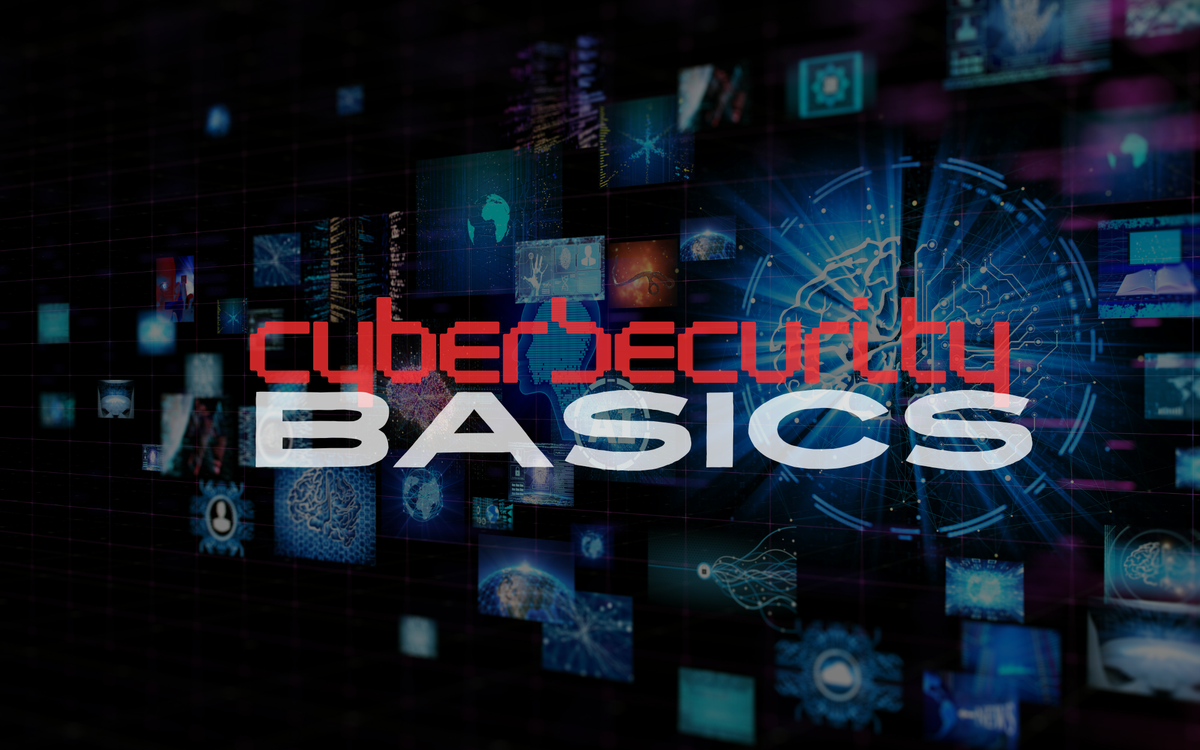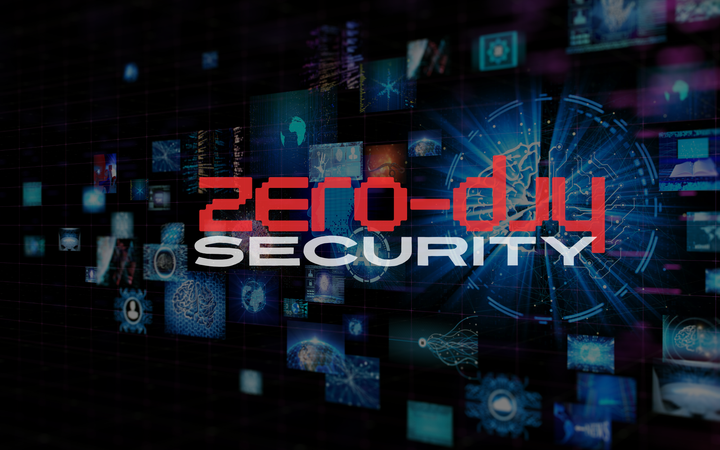Patch Management in 2025: Best Practices for a Fast-Moving Threat Landscape
In 2025, patching has become a race against time. Attackers exploit vulnerabilities within hours of disclosure, making continuous, risk-based patch management essential. Here’s how to stay ahead.

Introduction
In 2025, the speed and sophistication of cyberattacks have reached unprecedented levels. With attackers exploiting newly disclosed vulnerabilities within hours—or even minutes—of public disclosure, organizations can no longer rely on outdated patch cycles. Effective patch management has evolved into a high-priority, continuous security practice. This post covers modern strategies, automation tools, and risk-based approaches to ensure you stay ahead of threats.
The Evolving Patch Management Challenge
Traditional patch management schedules, such as monthly or quarterly rollouts, are increasingly inadequate. Threat actors are leveraging proof-of-concept exploits and ransomware payloads almost immediately after CVEs are published. As a result, delays in patching can result in rapid compromises, especially for internet-facing systems.
Best Practices for Patch Management in 2025
1. Adopt a Risk-Based Approach
Not all patches are equal. Prioritize patches based on CVSS scores, exploit availability, and asset criticality. Use threat intelligence feeds to identify vulnerabilities actively being weaponized.
2. Leverage Automation & Orchestration
Patch deployment automation reduces the human bottleneck and ensures critical fixes are applied rapidly. Integration with endpoint management systems can help coordinate deployment across hybrid environments.
3. Continuous Vulnerability Scanning
Instead of periodic scans, adopt continuous monitoring. Real-time vulnerability assessment tools help track unpatched systems and compliance gaps.
4. Patch Validation & Rollback Plans
Always test patches in controlled environments before broad deployment. Maintain rollback procedures to mitigate risks from faulty updates.
5. Zero-Day Readiness
Have emergency patch deployment protocols for zero-day threats. Partnering with vendors and leveraging virtual patching solutions can help bridge the gap until official fixes are released.
The Role of AI in Patch Management
AI-driven vulnerability prioritization tools are now capable of predicting which vulnerabilities are most likely to be exploited. By analyzing historical exploitation patterns and correlating them with your environment, AI can help focus patching efforts where they matter most.
ThreatGrid Takeaways
- Patch cycles must be continuous, not periodic.
- Risk-based prioritization is essential to balance security and operational stability.
- Automation, AI, and integrated threat intelligence drastically improve patch management efficiency.
- Zero-day response planning is now a must-have capability.



